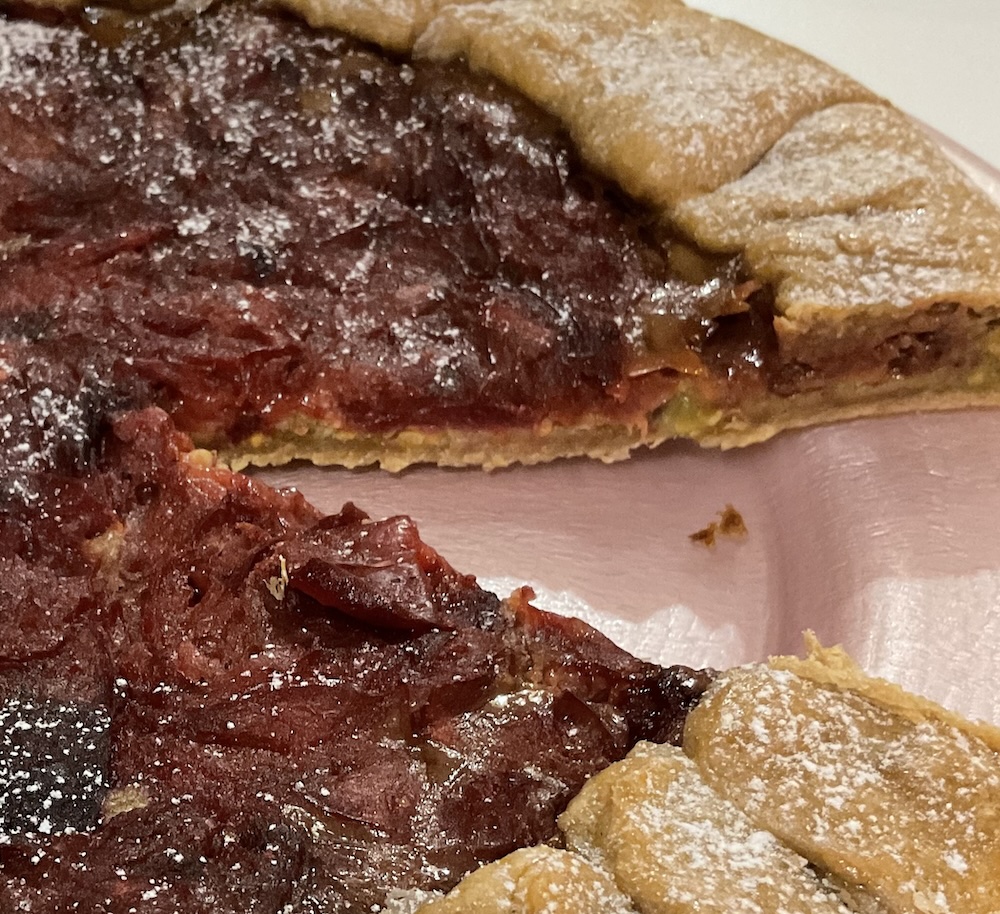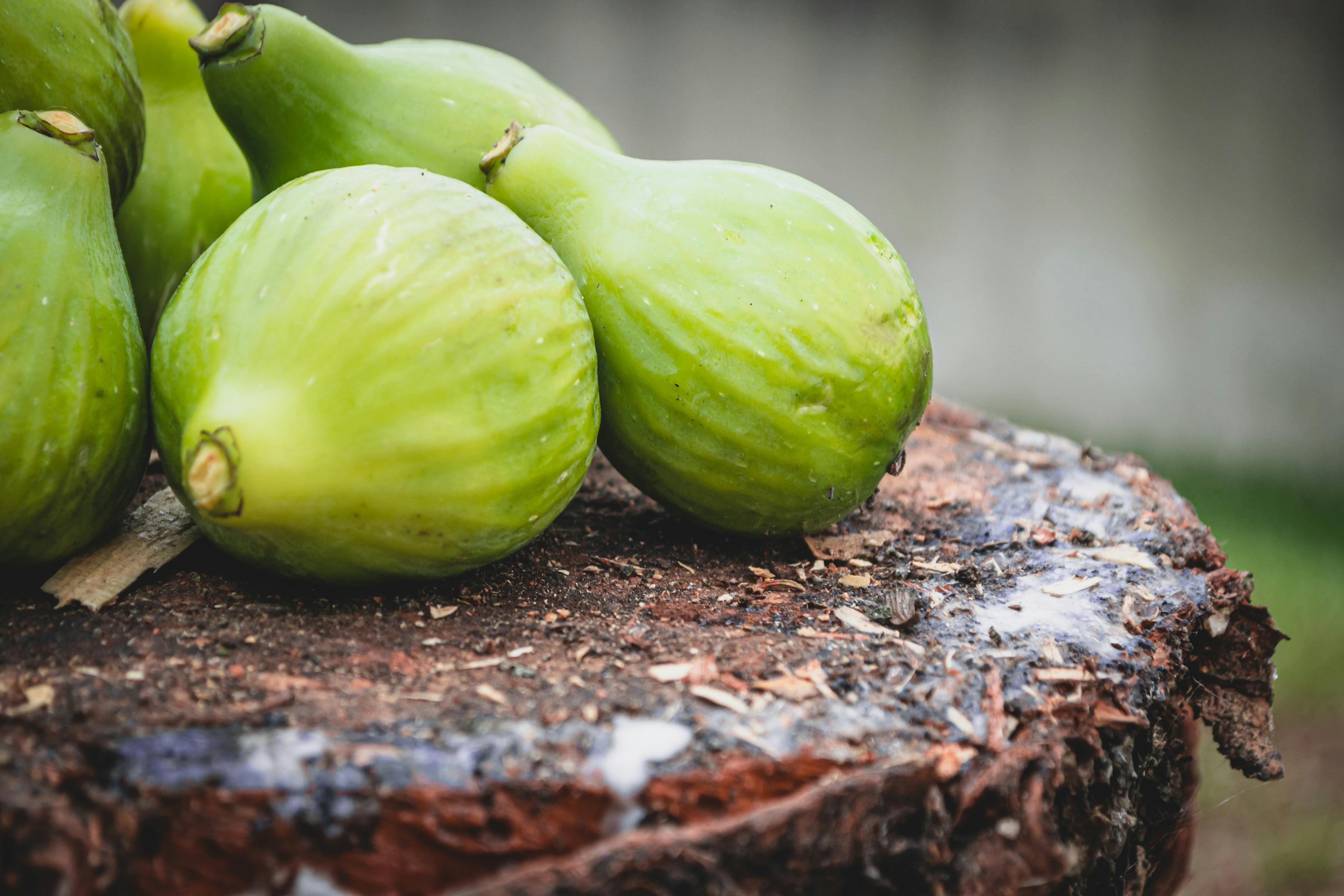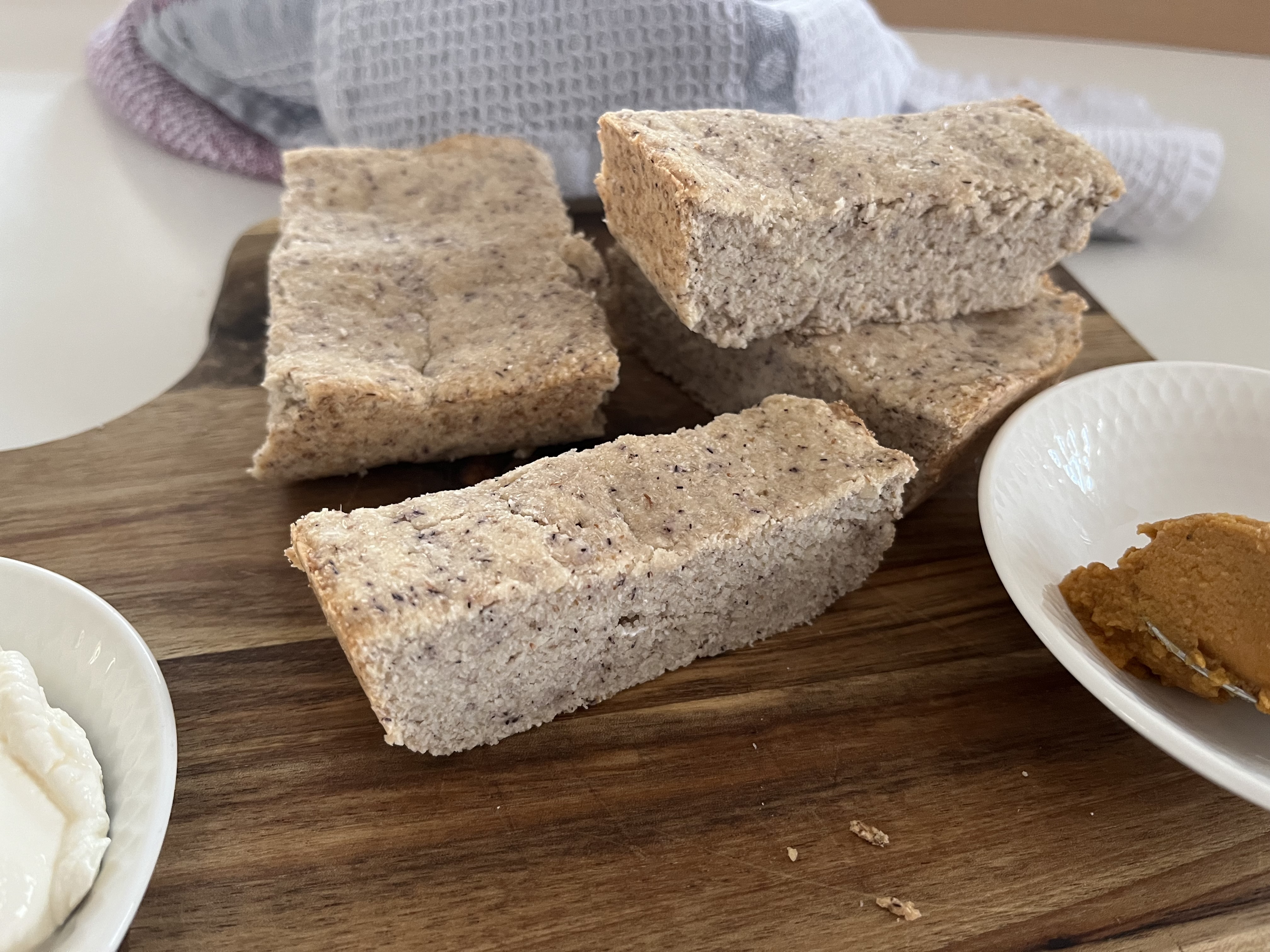 |
Nature’s Dessert Cookbook: Healthy, Delicious & Naturally Sweet Recipes Don’t want or can’t tolerate sugar alcohols and artificial sweeteners? This cookbook is for you! Every dessert is naturally sweetened with whole ingredients rich in fiber and protein, slowing sugar absorption and making them diabetic-friendly. It gathers your favorite recipes from the website—plus brand-new ones—all in one convenient place. Indulge in truly natural treats without compromise! |
 |
Diabetic Baked Goods: Everyday Bakes for Every Meal Diabetic cookbook designed to make healthy baking simple, accessible, and enjoyable. This collection of low-carb, high-fiber, and protein-rich recipes provides a reliable solution for those looking to enjoy diabetic bread and baked goods without blood sugar spikes. Every recipe includes a video tutorial, making it even easier to follow along and bake with confidence! |
 |
What Makes This Cookbook Different?
|
Best Desserts for Diabetics
The best desserts for diabetics are not only low-carb or sugar-free. Knowledge and experience regarding the influence of ingredients on blood glucose levels are very important. Carbohydrates are not the only consideration! Additionally, nutritional high-quality ingredients, fewer calories, and good taste are requirements that should not be overlooked.
Do Not Give up on Dessert
Diabetics can indulge desserts, and they do. However, it is often accompanied by remorse when the dessert had a negative effect on blood sugar levels. How to avoid guilt and simply enjoy?
What to do? Give up desserts? This often entails suffering for the diabetic, and it impacts family members as well. They cannot enjoy desserts either because, typically, the whole family wants to support the diabetic, especially when it comes to a child who has diabetes.
We don't have to give up dessert. We can create desserts that satisfies everyone's needs. Desserts that are suitable for diabetics, yet enjoyable and better for everyone. We are talking about desserts that:
- Do not cause sudden spikes in blood sugar levels
- Maintain stable blood sugar levels
- Prevent hypoglycemia due to their composition
- Offer better nutritional value compared to regular desserts
- Have fewer calories
- Are delicious
This way, all family members can benefit.
Therefore, desserts for diabetics must be prepared with care. Enjoying the dessert will contribute to the feeling of choice and freedom for the whole family.
How to achieve this?
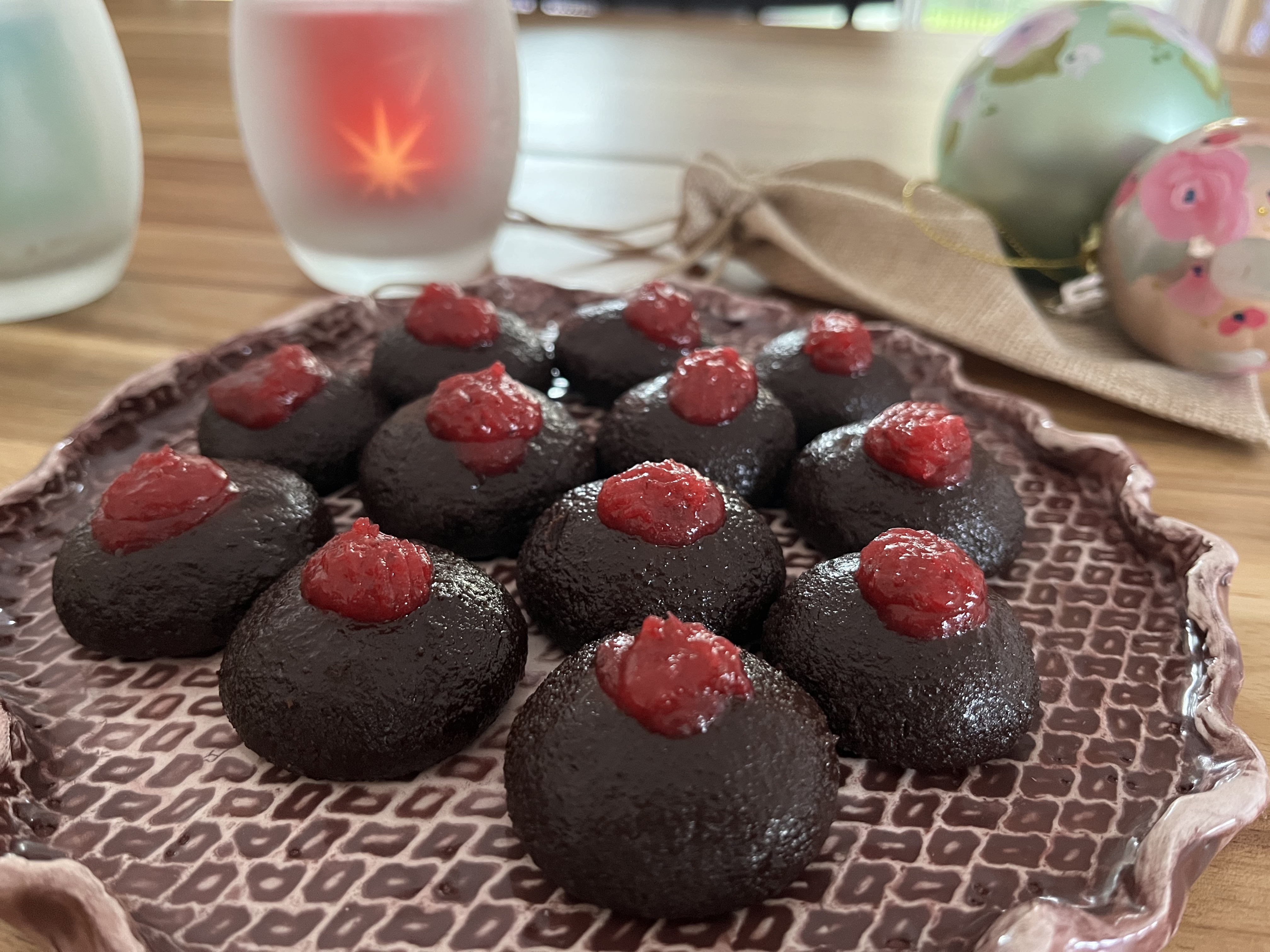 |
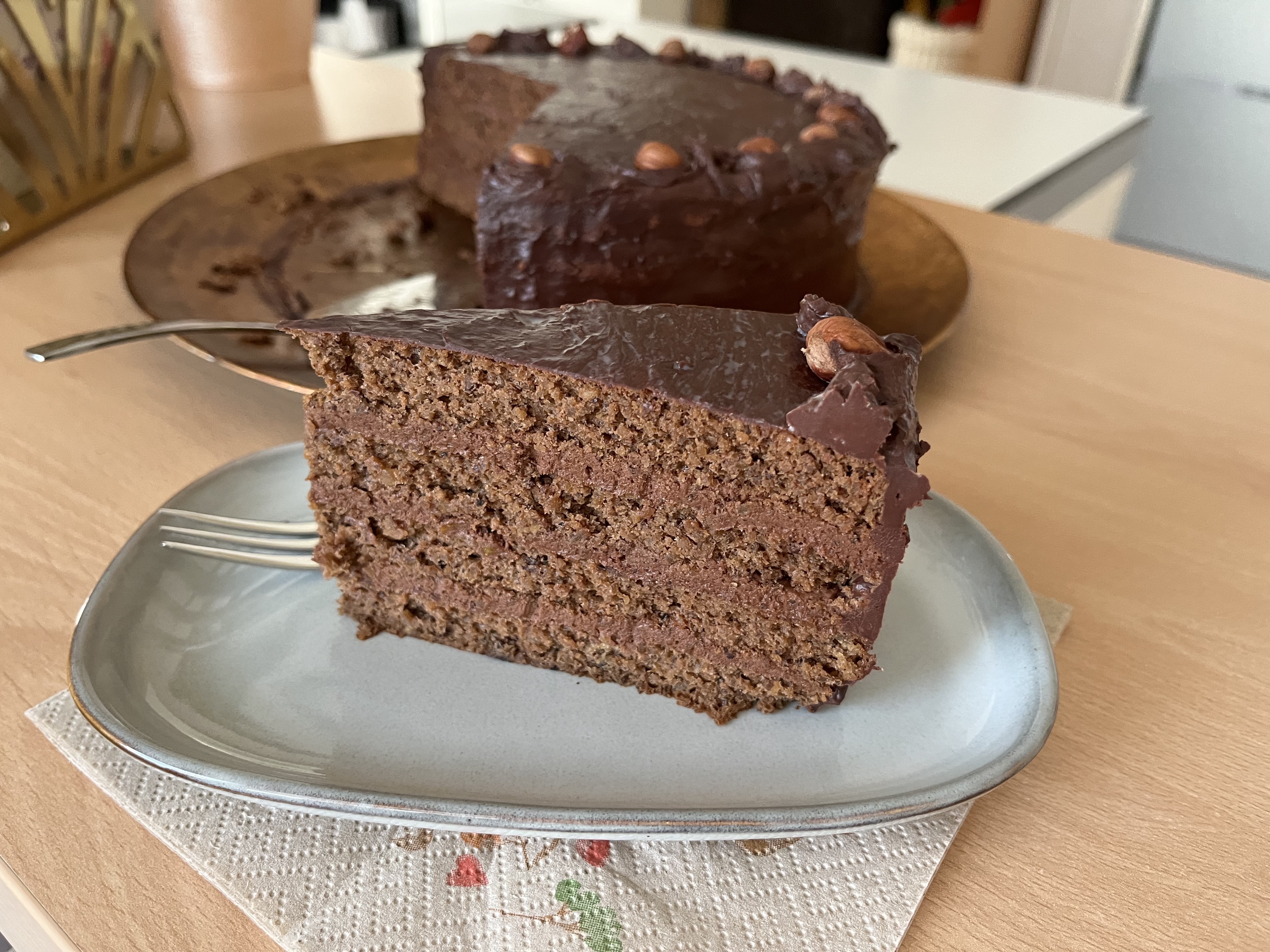 |
Less Worry, Better Life
The main concern of diabetics, or those who care for diabetics, is the effect of desserts on blood sugar levels, or on health in general. The demand for good regulation of sugar levels takes precedence. Better regulation means an improved quality of life in every sense.
How can we less worry about blood sugar levels and still enjoy sweets? Let's take control from the outset. That mean knowing how certain ingredients affect sugar levels.
Understanding how ingredients affect sugar levels allows us to anticipate the impact of each cake. There are no more unpleasant surprises, and we will:
- Have treats that are a suitable meal for school or work.
- Combine ingredients for cake and cookies that help prevent hypoglycemia during the day and night.
- Enjoy treats that help maintain sugar levels between meals without significant spikes, keeping them stable.
- Know which treats are better suited for increased activity, such as playing sports.
Experience guides us in all of this, but knowledge brings certainty and reduces worry. By minimizing negative effects, we can enjoy best desserts for diabetics and feel better, ultimately leading to a better quality of life.
How to Create Best Desserts for Diabetics
Usually, sugar-free and low-carb desserts are considered suitable for diabetics. They are suitable not only for diabetics, but for everyone.
However, there are additional considerations that need to be taken into account to ensure that the treat is adapted for diabetics. With knowledge of these factors, almost any treat can be adapted for a diabetic. We will have best desserts for diabetics.
Many recipes can be found online and even in cookbooks that are supposedly tailored for diabetics. However, one should be cautious as these recipes were likely not written by individuals with firsthand experience or they might have overlooked some very important factors.
For example, I've come across recipes that advise replacing fat with olive oil because it is nutritionally better. While this is true, using olive oil in the quantities sometimes recommended can cause a real mess in blood sugar regulation.
Although fats do not have a direct impact on blood sugar levels, their specific metabolic process in the body leads to an indirect but very significant effect on blood sugar levels.
Recently, there has been growing research into the influence of fats on glycemia. Based on our experience, it is crucial to monitor both the quantity and type of fats we incorporate into our recipes.
The same goes for butter, which contains more than 80% milk fat. Our experience shows that neglecting fat content can lead to fluctuations in glucose levels (due to the unique way fats are metabolized). Consequently, we must exercise extra caution in determining insulin dosage timing, dosage quantity, and frequency, to maintain acceptable glucose levels.
I've also encountered recipes that include pudding as an ingredient. However, pudding contains starch, which causes spikes in blood sugar levels. Starch is problematic for blood sugar regulation because it is composed of long chains of glucose molecules, which are rapidly broken down into glucose during digestion. This rapid breakdown leads to a quick and significant rise in blood sugar levels.
Studies have shown that foods high in starch can cause sharp spikes in postprandial (after-meal) blood glucose levels, contributing to difficulties in maintaining stable blood sugar levels.
Such recipes, speaking from experience, are not good for diabetics even though they appear diabetic-friendly as they contain fewer carbohydrates and use sweeteners instead of refined sugar.
While I do believe it's important to relax occasionally, sometimes make compromises, a good recipe should contain warnings about certain ingredients.
The image on the left depicts donuts adapted for diabetics. They are soft and delicious, baked in the oven, and the amount of fat in them has been drastically reduced.
However, that is not the only modification. More details are provided below.
Evolving from the Beginning to Achieve Complete Mastery
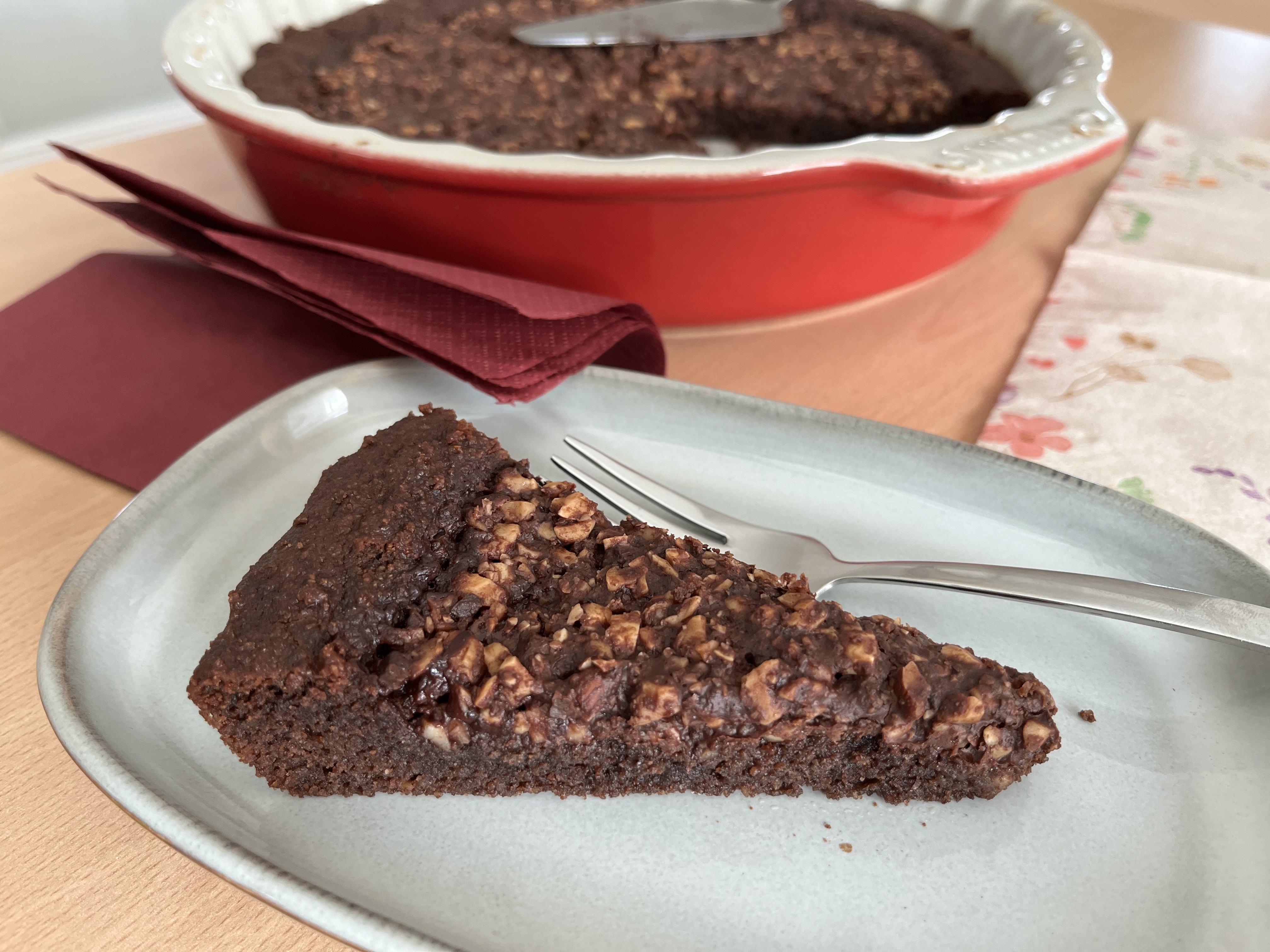
Here, I'll briefly mention some ingredients based on practical experience.
There are flours that are suitable for diabetics, including almond flour, buckwheat flour, coconut flour, and oat flour, which I personally use most often.
Although these flours are versatile and can be used in various desserts, our primary goal is to adapt as many desserts as possible for diabetics. Many people enjoy these desserts without too much concern. We want the same for diabetics.
To be able to do that, we sometimes need flour that contains gluten. In this regard, one of our preferred choices is spelt flour, particularly the whole grain variety. While there aren't significant differences between spelt and wheat in terms of composition, calories, and glycemic index, research suggests that spelt may offer certain advantages. However, our experience also plays a significant role in favoring spelt.
There are numerous alternatives to refined sugar available.
Each sweetener has its own unique characteristics, recommended quantities, and they differ in taste. By blending multiple types of sweeteners, we can better control the quantity of each, adjust the overall sweetness level, and ensure that no single flavor dominates.
Additionally, this combination often results in a richer taste.
As for others, our experience highlights the benefits of consuming food without additives, especially when it comes to bread and pastries.
In almost every dessert, there are numerous ingredients that require careful consideration. When I started making desserts for my son, who was diagnosed with diabetes at the age of just under six, I introduced each new ingredient into the desserts with great care and monitored their impact on his blood sugar levels.
Individual experience truly matters, and one should consider the specificities of each one of us, including age and activity level. On the other hand, the experience of others can be helpful as it provides ideas and guidelines that can be used to create individualized desserts for each diabetic individual.
I hope you will find useful information, recipes, ideas, inspiration, and support on these pages for creating the best desserts for you. Perhaps you can start with these practical tips.
